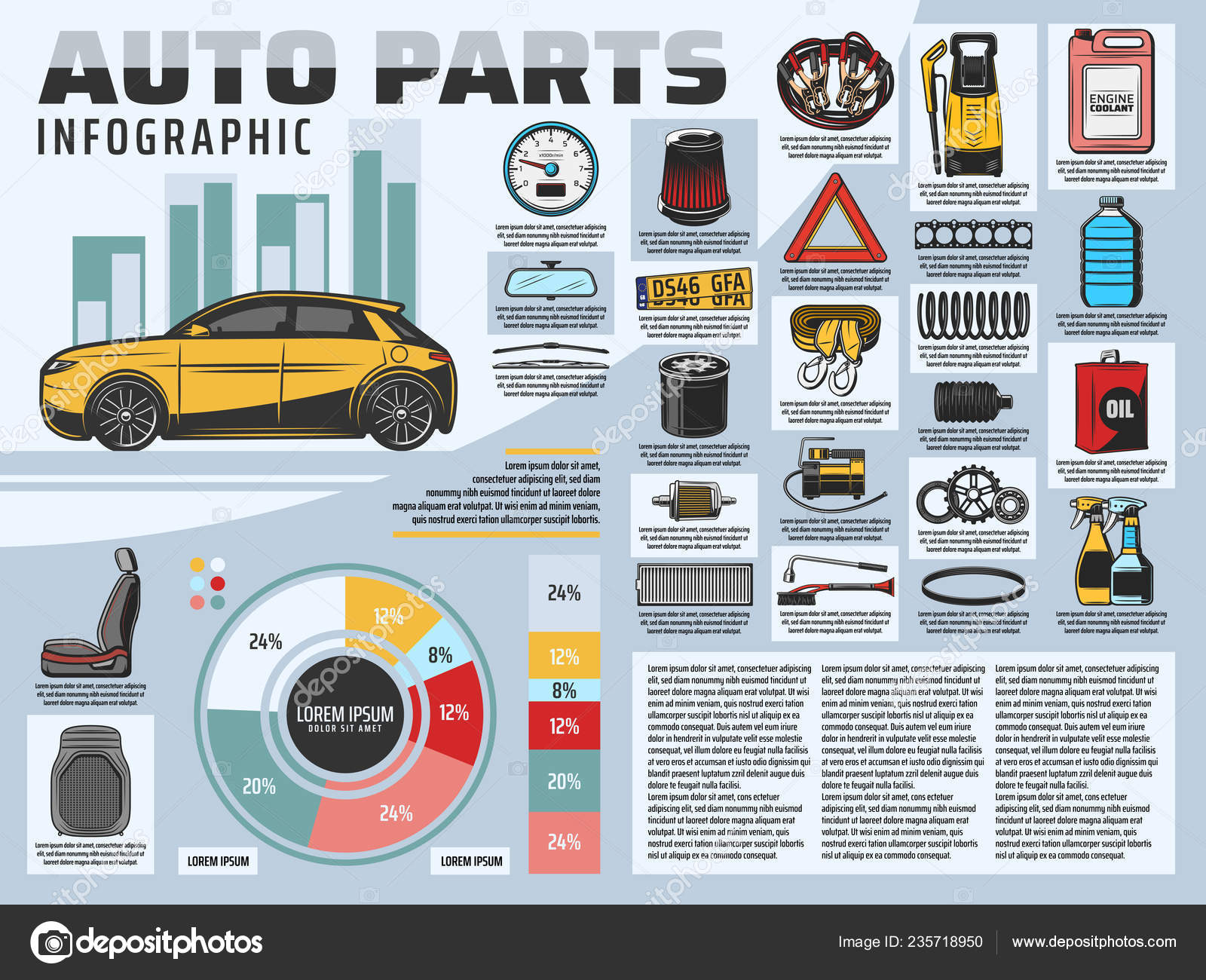Decoding Your Vehicle'S Caution Indicators: What They Truly Signify
Decoding Your Vehicle'S Caution Indicators: What They Truly Signify
Blog Article
Developed By-Boye Stark
When you lag the wheel, those glowing warning lights on your control panel can be a little bit puzzling. Do you recognize what they're attempting to inform you about your car's health and wellness? Recognizing the significance of these lights is crucial for your safety and security and the longevity of your vehicle. So, the following time among those lights turns up, wouldn't you wish to decipher its message precisely and take the essential steps to resolve it?
Common Warning Lights and Interpretations
Determine typical warning lights in your car and understand their meanings to make certain safe driving.
One of the most normal warning lights include the check engine light, which indicates concerns with the engine or emissions system. If this light begins, it's critical to have your car inspected promptly.
The oil stress cautioning light shows low oil stress, calling for prompt attention to stop engine damage.
A flashing battery light could suggest a defective billing system, potentially leaving you stranded if not attended to.
The tire stress monitoring system (TPMS) light notifies you to low tire pressure, affecting automobile stability and gas performance. Neglecting this might bring about unsafe driving conditions.
The abdominal muscle light shows a problem with the anti-lock stopping system, endangering your capability to quit quickly in emergency situations.
Finally, the coolant temperature cautioning light warns of engine overheating, which can cause extreme damages otherwise solved promptly.
Understanding these usual warning lights will certainly assist you attend to concerns promptly and maintain secure driving problems.
Significance of Prompt Attention
Recognizing the common warning lights in your vehicle is just the initial step; the value of without delay attending to these warnings can not be emphasized enough to ensure your security when traveling.
When a caution light illuminates on your dashboard, it's your vehicle's way of communicating a potential concern that requires attention. Neglecting these warnings can cause more serious issues down the road, jeopardizing your safety and possibly costing you more out of commission.
Trigger attention to warning lights can stop failures and mishaps. As an example, a flashing check engine light could show a misfire that, if left neglected, can create damages to the catalytic converter. Resolving this without delay can conserve you from a costly repair work.
Similarly, a brake system cautioning light could signal reduced brake fluid or used brake pads, critical components for your safety and security when driving.
Do It Yourself Troubleshooting Tips
If you notice a warning light on your control panel, there are a couple of DIY fixing ideas you can attempt prior to looking for specialist help.
The very first step is to consult your automobile's manual to recognize what the details warning light suggests. Occasionally https://brakepads05049.blog2freedom.com/31212834/improve-your-skills-in-picking-the-ideal-vehicle-repair-shop-by-complying-with-these-ten-vital-pointers can be as straightforward as a loosened gas cap triggering the check engine light. Tightening up https://www.bankrate.com/loans/auto-loans/average-car-maintenance-costs/ might fix the problem.
Suggested Web page is a low battery, which can trigger numerous alerting lights. Examining the battery connections for corrosion and guaranteeing they're protected may repair the problem.
If a caution light persists, you can attempt resetting it by disconnecting the cars and truck's battery for a couple of mins and afterwards reconnecting it. Furthermore, examining your vehicle's liquid degrees, such as oil, coolant, and brake fluid, can aid fix alerting lights related to these systems.
Conclusion
Finally, comprehending your cars and truck's caution lights is necessary for keeping your automobile running efficiently and securely. By promptly dealing with these informs and recognizing what they indicate, you can avoid expensive repairs and prospective failures.
Bear in mind to consult your automobile's guidebook for particular details on each alerting light and act accordingly to make sure a hassle-free driving experience.
Remain notified, remain risk-free when traveling!
